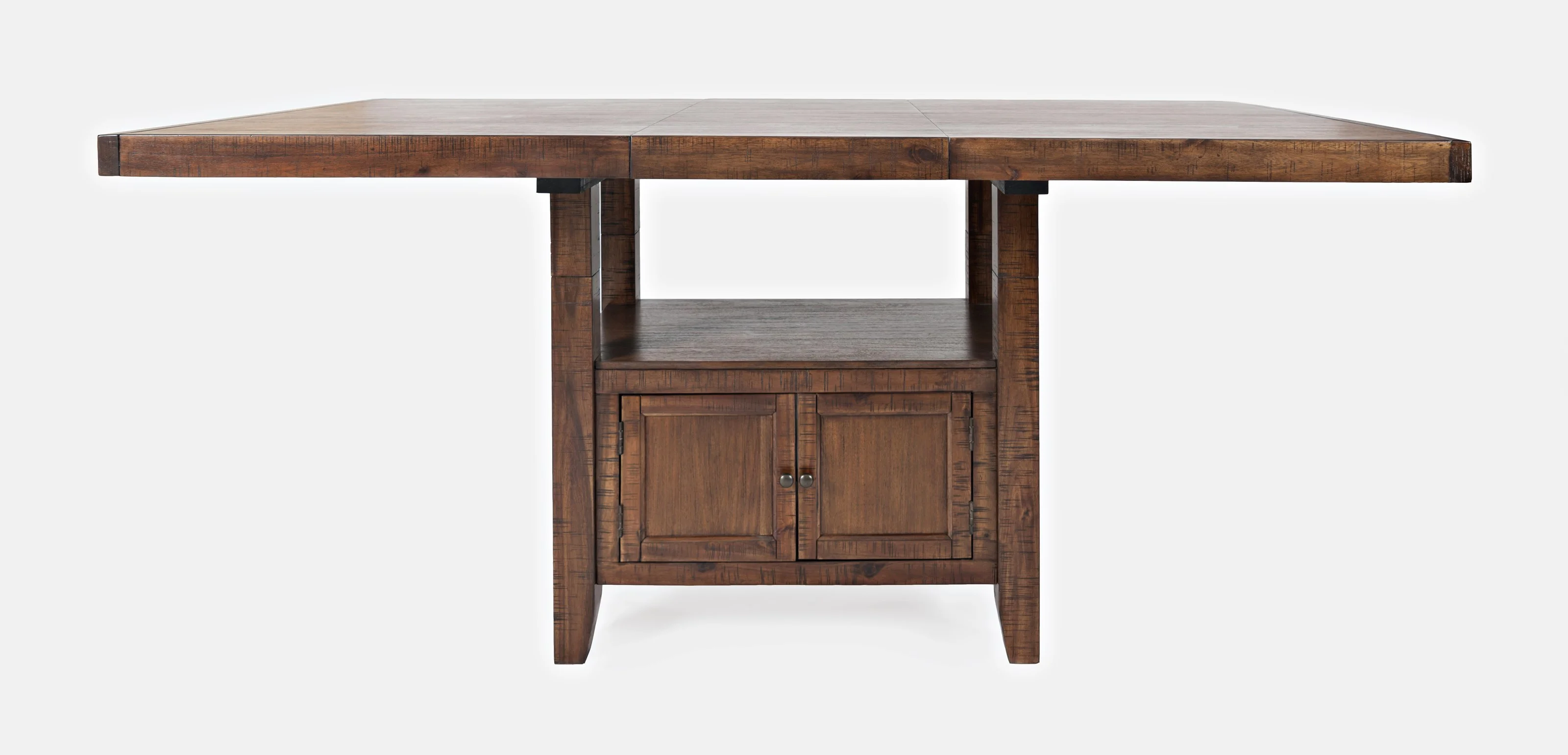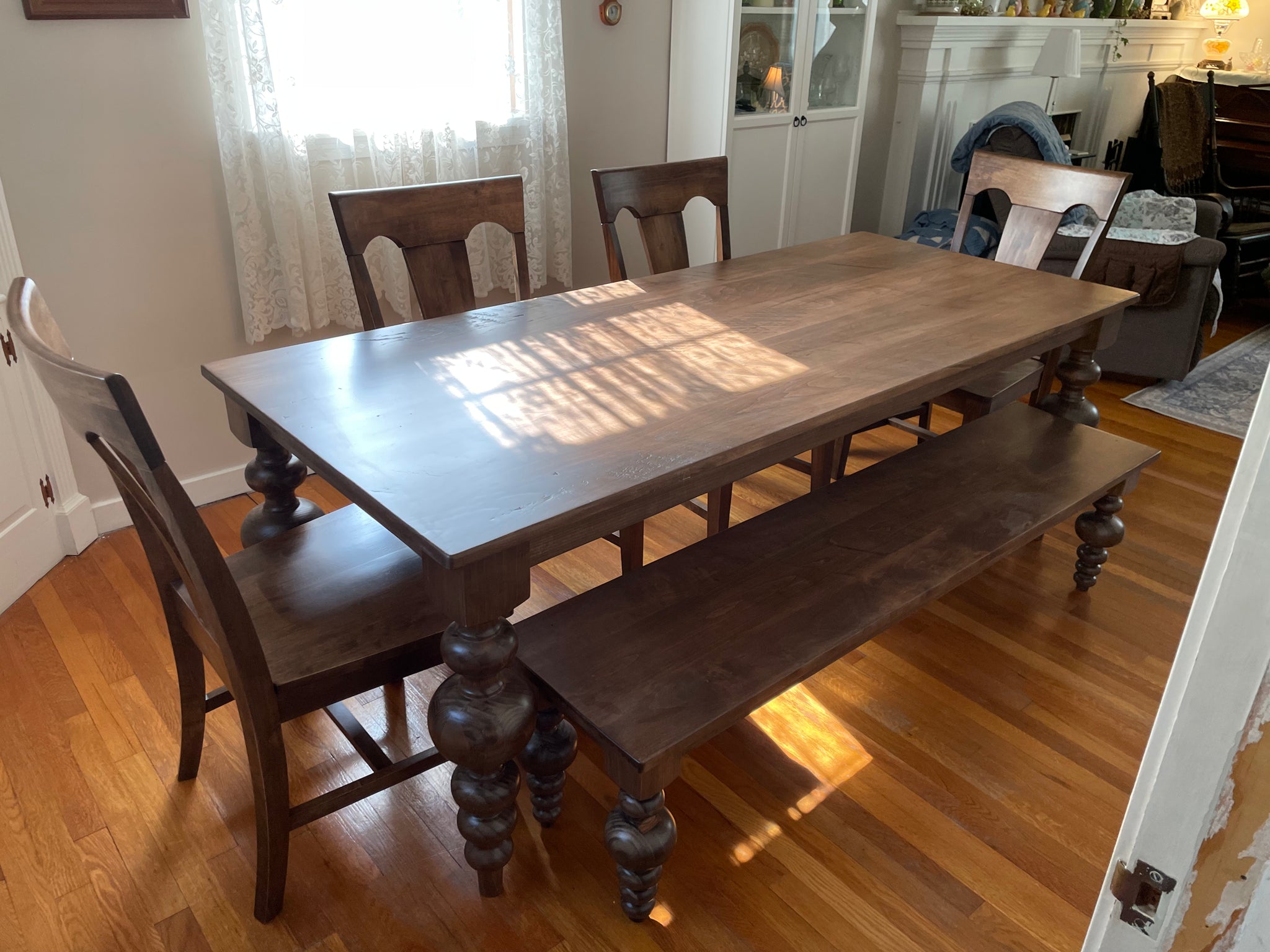Why Custom Dining Room Table Legs Are Worth the Investment
From Traditional to Modern: Discover the Perfect Dining-room Table Legs for Your Design
The selection of dining-room table legs plays a crucial function in defining the general personality of your space, linking the gap in between standard workmanship and contemporary looks. While timeless layouts such as cabriole and turned legs stimulate a feeling of ageless sophistication, modern styles like barrette and geometric choices provide an opportunity for striking visual interest. Examining the right balance in between these styles needs a nuanced understanding of your existing decoration and personal taste. As you consider these elements, the concern remains: just how can you seamlessly incorporate these diverse leg designs to create an unified eating experience?
Understanding Table Leg Styles
The variety of eating space table leg designs can considerably influence both the aesthetics and functionality of the area. Each leg style adds special visual components and functional functions, accommodating diverse layout preferences and use requirements. Comprehending these designs is essential for selecting the appropriate table that lines up with your total indoor design vision.
For circumstances, tapered legs supply a tidy, traditional look that can boost an area's sophistication, while stand bases offer stability and make the most of legroom, making them excellent for smaller rooms. Barrette legs, a trademark of mid-century modern design, introduce a commercial panache, enabling for a ventilated, open feeling. In a similar way, trestle legs evoke rustic beauty, supplying robust assistance and a sense of timelessness.
Wood legs can bring heat and appearance, whereas metal alternatives commonly share a streamlined, modern vibe. Inevitably, comprehending table leg designs is important for creating a cohesive dining location that shows individual style while making sure practicality and comfort.
Conventional Table Leg Options
When picking dining room table legs, traditional alternatives often personify timeless beauty and workmanship. These layouts show a rich heritage and a dedication to high quality, making them suitable for those who value traditional aesthetic appeals.
One of the most famous typical leg designs is the cabriole leg, characterized by its graceful curved form. This design typically includes attractive makings and is most frequently found in Queen Anne and Chippendale furniture. Another preferred option is the transformed leg, which boasts a series of smooth, rounded shapes that offer a timeless appearance while keeping stability.
In addition, the straight leg, while basic, offers a basic and sturdy structure that can mix perfectly with a selection of tabletop designs. For those drawn to ornate describing, claw-and-ball feet legs stimulate a sense of splendour and can work as a sensational prime focus in any type of eating area.
Lastly, pedestal bases, although not purely legs, give a different typical choice that permits ample legroom and can be magnificently carved. Each of these traditional leg designs adds to the total ambiance of a dining-room, marrying function with visual charm.

Modern Table Leg Layouts
Modern table leg designs offer a varied variety of styles that emphasize ingenious materials and clean lines. These designs often prioritize performance while functioning as striking centerpieces within a dining space. Minimalist aesthetic appeals prevail, with legs crafted from products such as metal, glass, and engineered timber, which contribute to a airy and modern feel.
One popular layout is the barrette leg, identified by its slender, tapered framework that supplies security without overwhelming the table top (dining room table legs). This design is frequently found in mid-century modern-day furniture and can effortlessly enhance different dining table forms. Another pattern is using geometric shapes, where legs might take on asymmetrical or angular forms, adding visual passion and a touch of creativity

Blending Designs for Unique Areas
Typically, house owners look for to develop one-of-a-kind dining rooms that mirror their personal design by mixing different layout elements. This strategy permits for the consolidation of diverse looks, leading to a harmonious yet distinct environment. Pairing a rustic wood table with smooth, contemporary steel legs can produce an attractive contrast that raises the room's general allure.
Furthermore, integrating vintage table legs with contemporary tabletops can stimulate a sense of history while preserving a modern-day sensibility. Such mixes not only display private taste but additionally encourage creativity, allowing house owners to curate a room that really feels both personal and inviting.
Shade plays a critical role in this mixing procedure; choosing table legs that match or comparison with the existing shade system can boost aesthetic interest. For instance, whitewashed legs can soften the boldness of a dark table surface, producing a balanced aesthetic.
Tips for Choosing the Right Legs
Selecting the right table legs is important for achieving both functionality and aesthetic appeal in your dining area. Begin by thinking about the general style of your area. Conventional settings take advantage of legs that include elaborate makings or transformed designs, while contemporary spaces might ask for sleek, minimal styles.
Following, analyze the height and stability of the legs. dining room table legs. Common eating tables range in between 28 to 30 inches in height, so make sure the legs enhance this dimension for convenience. Additionally, durable products, get more such as wood or metal, can boost stability and longevity
Review the leg shape as well-- alternatives include straight, tapered, or stand designs. Straight legs use a timeless appearance, while tapered legs can include a touch of elegance. Pedestal bases offer sufficient legroom and are suitable for smaller sized spaces.
Conclusion
In recap, choosing the perfect dining-room table legs requires careful consideration of both modern-day and conventional designs. Typical choices such as cabriole and transformed legs supply ageless elegance, while modern-day page styles like hairpin and geometric forms supply a contemporary touch. By balancing leg design, height, and product with the general décor, a natural and welcoming environment can be achieved. Ultimately, the chosen table legs should show the desired visual, enhancing the dining experience within the area.
The variety of dining room table leg styles can substantially influence both the aesthetics and performance of the space. Ultimately, comprehending table leg styles is important for producing a natural dining area that shows individual style while making sure usefulness and comfort.One of the most legendary traditional leg designs is the cabriole leg, identified by its go elegant bent form. Straight legs supply a classic look, while conical legs can add a touch of sophistication.In recap, picking the ideal dining space table legs calls for mindful factor to consider of both modern-day and conventional styles.